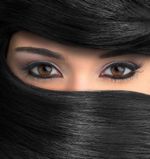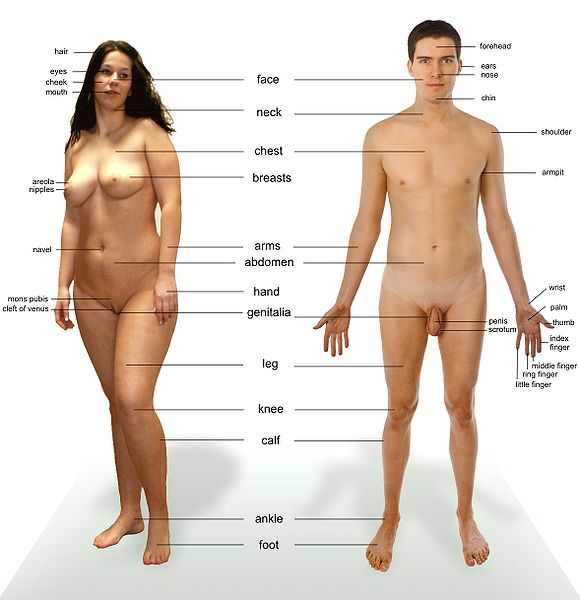Eyes: Difference between revisions
Jump to navigation
Jump to search

Jump to: Main Page • Micropedia • Macropedia • Icons • Time Line • History • Life Lessons • Links • Help
Chat rooms • What links here • Copyright info • Contact information • Category:Root
(Created page with "{{Header}} The head is the body part that contains the brains, the '''eyes''', nose, ears and mouth. The front of the head (from the forehead to the c...") |
No edit summary |
||
| Line 1: | Line 1: | ||
{{Header}} | {{Header|Eyes 09/21}} | ||
[[File:Eyes-7.jpg|thumb|right|150px|{{bc|Eyes}}]] | |||
'''Eyes''' are organs that detect light. The simplest "eyes", in even unicellular organisms, do nothing but detect whether the surroundings are light or dark, which is sufficient for the entrainment of circadian rhythms and may allow the organism to seek out or avoid light. More complex optical systems with resolving power have come in ten fundamentally different "designs", and 96% of animal species possess a complex optical system. | |||
When a person is [[crying]], [[tear]]s come out of their eyes. | |||
{{rha|1012}} | |||
{{footer}} | |||
{{rha}} | |||
{{footer | |||
Revision as of 21:26, 4 September 2021
Eyes are organs that detect light. The simplest "eyes", in even unicellular organisms, do nothing but detect whether the surroundings are light or dark, which is sufficient for the entrainment of circadian rhythms and may allow the organism to seek out or avoid light. More complex optical systems with resolving power have come in ten fundamentally different "designs", and 96% of animal species possess a complex optical system.
When a person is crying, tears come out of their eyes.
These photos are presented for the purposes of identifying various body parts
| Images of Human Body |
|---|
Chat rooms • What links here • Copyright info • Contact information • Category:Root

